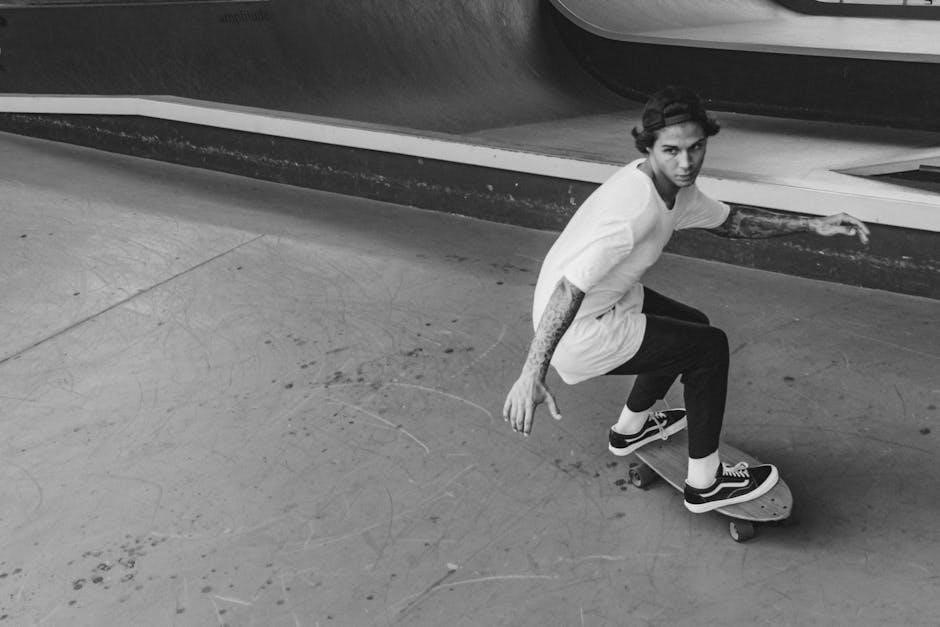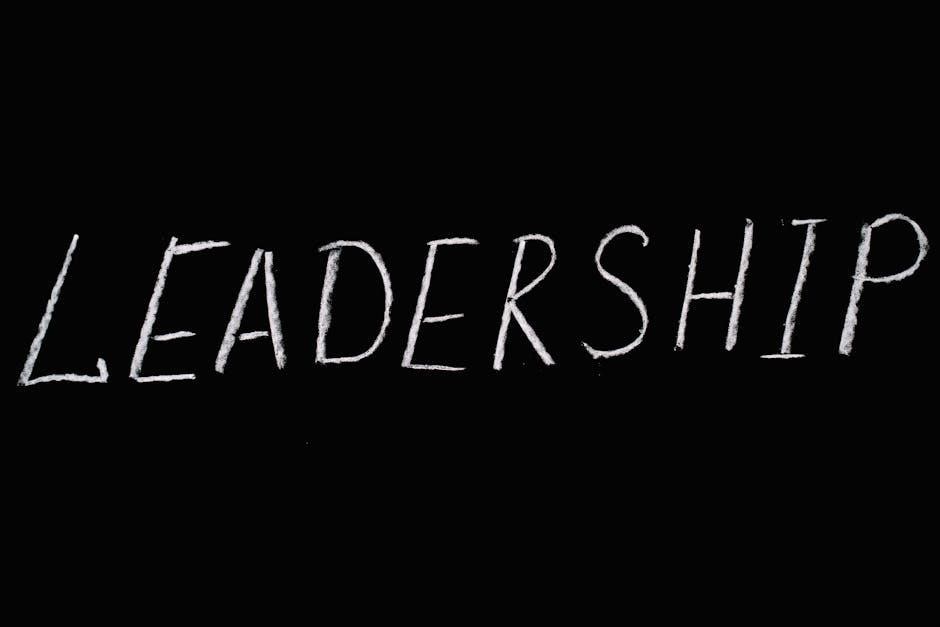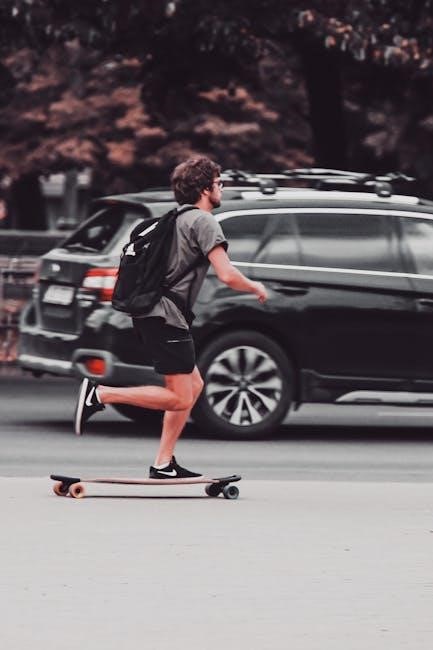Slide board transfers are a safe and efficient method to assist individuals with mobility challenges in moving between surfaces, promoting independence and reducing injury risks for both users and caregivers.
1.1 What is a Slide Board?
A slide board, also known as a transfer board, is a rigid, smooth-surfaced tool designed to facilitate safe and efficient transfers for individuals with mobility challenges. Typically made of durable materials like wood or plastic, it is placed between two surfaces, such as a bed and a wheelchair, to create a bridging point for sliding. The board’s design allows users to glide across it with minimal friction, reducing the risk of injury to both the individual and the caregiver. Slide boards are lightweight, easy to position, and often used in healthcare settings to assist with seated or standing transfers. They play a crucial role in promoting independence and safety during transitions between surfaces. Some models may feature anti-slip edges or handles for added stability and control. Proper use of a slide board requires careful positioning and alignment to ensure a smooth transfer process.
1.2 Importance of Proper Transfer Techniques
Proper transfer techniques are essential to ensure safety, comfort, and efficiency during slide board transfers. Incorrect methods can lead to injuries, such as back strain for caregivers or falls and fractures for the individual being transferred. Using a slide board correctly minimizes the risk of accidents by reducing friction and providing a stable surface for movement. It also helps prevent skin shear and pressure sores, which can occur due to improper sliding or dragging. Proper techniques promote independence, allowing individuals with mobility challenges to participate actively in the transfer process. Additionally, they reduce the physical strain on caregivers, making the task more manageable and sustainable. By following guidelines, users can ensure a smooth, dignified, and injury-free transfer experience. Proper techniques also extend the lifespan of the slide board by preventing unnecessary wear and tear. Overall, they are critical for maintaining safety, confidence, and overall well-being during transfers.
Preparation for a Safe Transfer
Preparation is crucial for a safe and successful slide board transfer. Ensure the environment is clear, the slide board is properly positioned, and all necessary tools are within reach.
2.1 Checking the Slide Board for Damage
Before each use, inspect the slide board for any visible damage or wear. Ensure there are no cracks, splinters, or excessive scratches that could compromise its structural integrity. Check for a smooth surface to prevent friction, which might hinder the transfer process. Verify that the board is clean and free from moisture to avoid slipping. If the slide board has non-slip pads or coatings, make sure they are intact and functioning properly. Any damage should be addressed immediately, and the board should not be used until it is repaired or replaced. Regular maintenance and inspection can extend the lifespan of the slide board and ensure safe transfers. Always follow the manufacturer’s guidelines for inspection and maintenance to guarantee optimal performance and safety.
2.2 Positioning the Wheelchair and Bed

Properly positioning the wheelchair and bed is crucial for a safe and effective transfer. Place the wheelchair as close as possible to the bed, ensuring the wheels are locked to prevent movement. Remove any obstacles, such as footrests or armrests, to create a clear path for the slide board. The bed should be at a comfortable height, allowing the individual to sit upright without strain. Align the wheelchair and bed at the same level to minimize the distance the person needs to slide. If using a slide board, position it so one end is under the person and the other extends to the destination surface. Ensure the board is securely placed and does not shift during the transfer. Proper alignment and positioning can significantly reduce the risk of accidents and make the process more manageable for both the individual and caregiver.

Transfer Techniques
Transfer techniques involve using slide boards to enable smooth movements between surfaces, ensuring safety and efficiency for both caregivers and individuals with mobility challenges.

3.1 Seated Transfer Technique
The seated transfer technique involves using a slide board to assist individuals in moving from one seated position to another, such as from a wheelchair to a bed. This method is ideal for those who have limited mobility but can maintain a seated position; To perform the transfer, the caregiver should first position the slide board under the individual’s buttocks, ensuring it is centered and stable. The individual should then lean slightly forward and push down on the armrests or the edge of the board to initiate the slide. Caregivers can assist by guiding the movement and ensuring the board remains in place. Proper alignment and balance are crucial to prevent slipping or discomfort. Using a transfer belt can enhance safety by providing a secure grip for the caregiver. This technique minimizes strain on both the individual and the caregiver, promoting a smooth and controlled transfer.
3.2 Standing Pivot Transfer Technique
The standing pivot transfer technique is a method used for individuals who have the strength and ability to stand but may need assistance with balance or movement. This technique involves the use of a slide board to facilitate a smooth transition between two surfaces, such as from a wheelchair to a bed or toilet. To perform the transfer, the caregiver positions the slide board at an angle, ensuring one end is under the individual’s buttocks and the other end rests on the destination surface. The individual is then guided to stand and pivot slowly, sliding along the board to the new position; Caregivers should provide support by holding a transfer belt or gait belt to ensure stability and prevent slipping. Proper foot placement and alignment are crucial to maintain balance during the pivot. This method is effective for promoting independence while minimizing the risk of injury to both the individual and the caregiver.

Safety Measures
Safety is paramount during slide board transfers. Always use a transfer belt for stability, ensure the board is secure, and maintain proper body mechanics to prevent injuries and falls.
4.1 Caregiver Safety Tips
To ensure caregiver safety, proper lifting techniques are essential. Bend at the knees, avoid twisting, and maintain a firm grip using a transfer belt. Keep the patient close to your body to minimize strain. Communicate clearly with the patient to coordinate movements, reducing the risk of accidents. Ensure the transfer area is clear of obstacles to prevent tripping. Use non-slip mats or pads on surfaces to enhance stability. Regular training on transfer techniques can significantly reduce the risk of injury to both the caregiver and the patient. Always assess the patient’s weight and mobility to determine if additional assistance or equipment is needed. Proper posture and balance are crucial throughout the transfer process to avoid musculoskeletal strain. Remember, safety for both parties is a top priority in every transfer scenario.

4.2 Patient Safety and Skin Protection
Patient safety and skin protection are critical during slide board transfers. Ensure the patient wears loose, non-restrictive clothing to reduce friction. Place a towel or slide sheet under the patient to minimize shear forces and prevent skin irritation. Position the patient correctly, with knees slightly bent and feet flat on the floor, to maintain balance and control. Use a transfer belt to provide additional support and prevent accidental falls. Avoid using non-slip tape on the slide board, as it can hinder smooth movement. Always inspect the slide board for damage before use to ensure it is secure and stable. Encourage the patient to assist as much as possible, promoting independence while maintaining safety. Regularly monitor the patient’s skin for signs of pressure or friction to prevent complications. Proper technique and equipment ensure a safe and comfortable transfer process for the patient.

Specialized Transfers
Specialized transfers involve using tools like gait belts or multiple caregivers to ensure safe and effective patient movement, particularly for those with limited mobility or unique transfer requirements.
5.1 Using a Gait or Transfer Belt
A gait or transfer belt is a crucial tool for safe transfers. It provides a secure grip for caregivers, reducing the risk of falls and injuries. To use it effectively:
- Place the belt around the patient’s waist or under their arms.
- Ensure the belt is snug but not restrictive.
- Use the belt to guide and support the patient during the slide.
- Always maintain control and balance to prevent accidents.
This method enhances stability and confidence, making transfers smoother for both the patient and caregiver.
5.2 Assisted Transfers with Multiple Caregivers
Assisted transfers with multiple caregivers are essential for individuals who require additional support. This method ensures safety and efficiency, especially for heavier or less mobile patients. Caregivers must communicate clearly, synchronizing their efforts to avoid injury. One caregiver should guide the patient’s upper body, while another supports the legs and hips. A third caregiver can assist with the slide board, ensuring it remains in place. Proper positioning and timing are critical to maintain balance and control. Each caregiver should use a gait or transfer belt for added stability. By working together, caregivers can minimize strain and ensure a smooth transfer. Regular training and practice are recommended to master this technique and adapt to individual patient needs. This collaborative approach reduces risks and enhances the overall safety of the transfer process for both the patient and caregivers.
Maintenance and Care
Maintain the slide board by cleaning with mild soap and water, then drying thoroughly to prevent mold. Store in a cool, dry place, handle carefully to avoid scratches, and inspect regularly for wear.
6.1 Cleaning the Slide Board
Cleaning the slide board is essential for maintaining hygiene and functionality. Use a mild detergent and warm water to wipe down the surface, ensuring all areas are thoroughly cleaned. Avoid harsh chemicals or abrasive materials that could damage the board. Rinse with clean water and dry completely to prevent moisture buildup, which could lead to mold or bacteria growth. Regular cleaning helps maintain the board’s smooth surface, ensuring safe and efficient transfers. Always inspect the board for any signs of wear or damage after cleaning. If damage is found, replace the board immediately to ensure safety during transfers. Proper cleaning and maintenance extend the lifespan of the slide board, making it a reliable tool for patient care. This routine should be performed after each use to uphold hygiene standards and ensure optimal performance.
6.2 Storage and Handling
Proper storage and handling of the slide board are crucial to maintain its condition and ensure safety. Store the board in a dry, clean environment, away from direct sunlight and extreme temperatures. Avoid folding or bending the board, as this can cause damage. When not in use, place the slide board on a flat, stable surface or hang it securely to prevent warping. Always handle the board with care, avoiding dragging or dropping it, as this can lead to scratches or cracks. If the board is large, consider having two people carry it to prevent strain or accidental damage. Store the board in a protective cover to shield it from dust and moisture. Regularly inspect the board for damage before and after storage. Proper handling and storage extend the lifespan of the slide board, ensuring it remains a reliable tool for safe transfers.